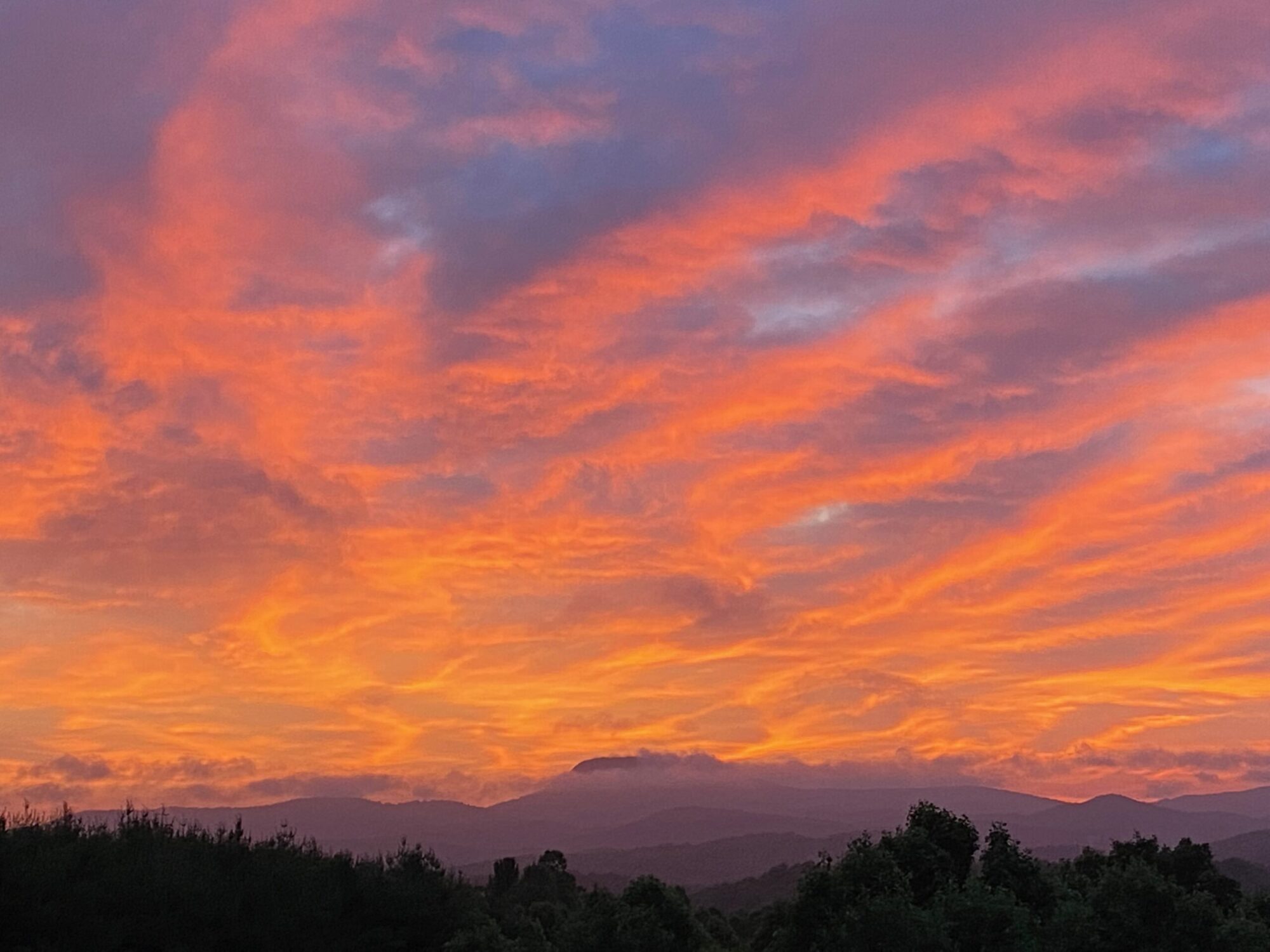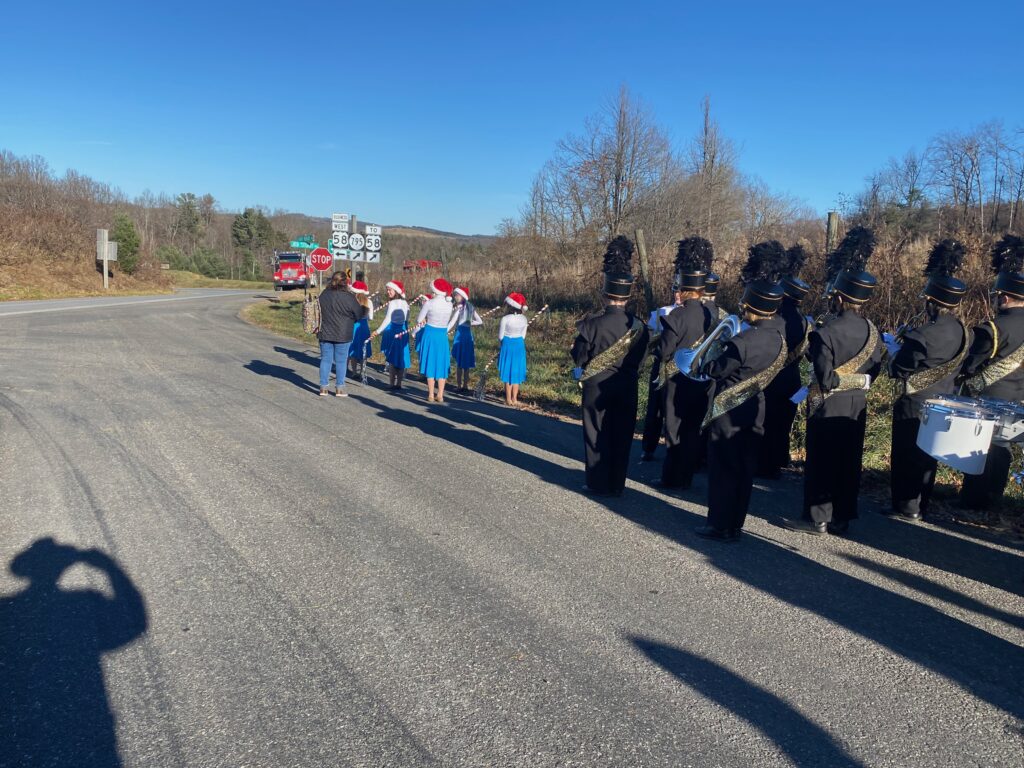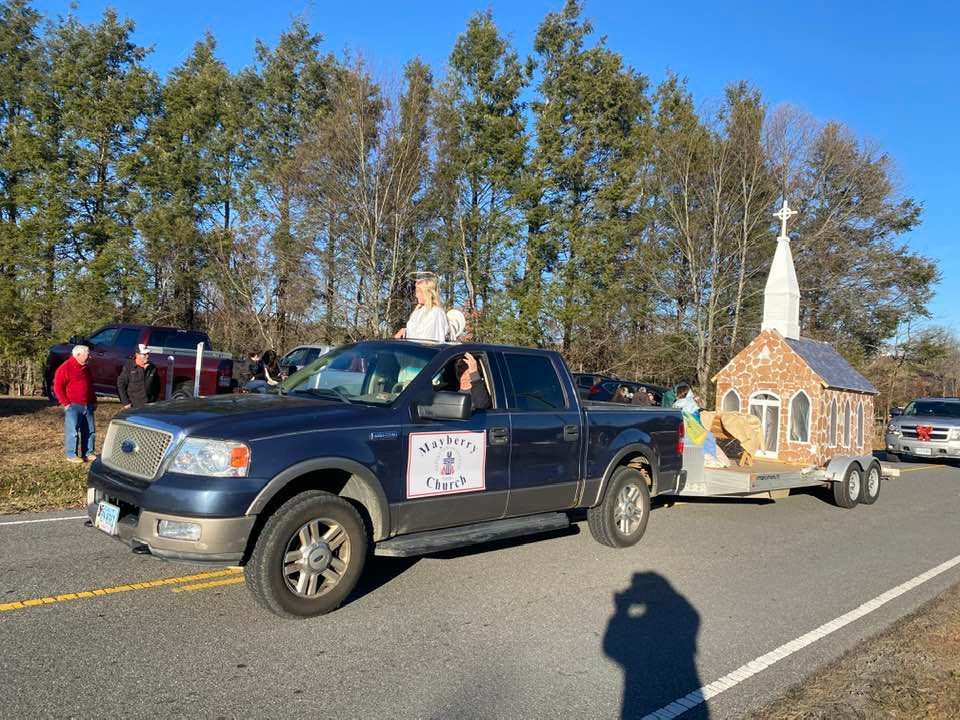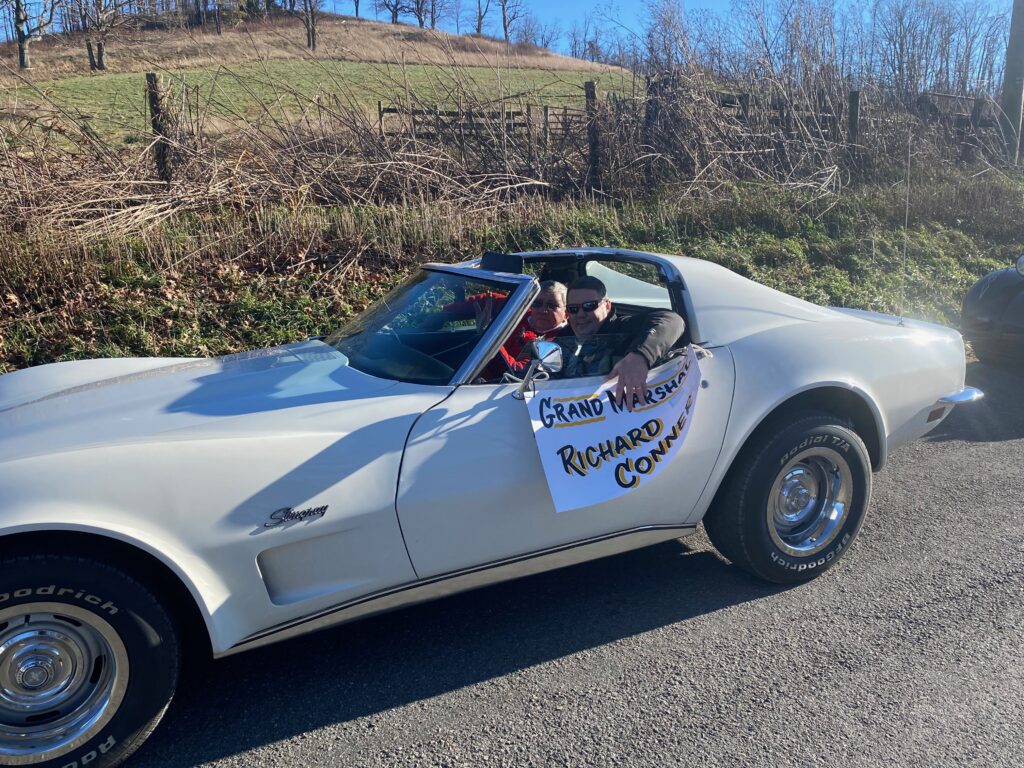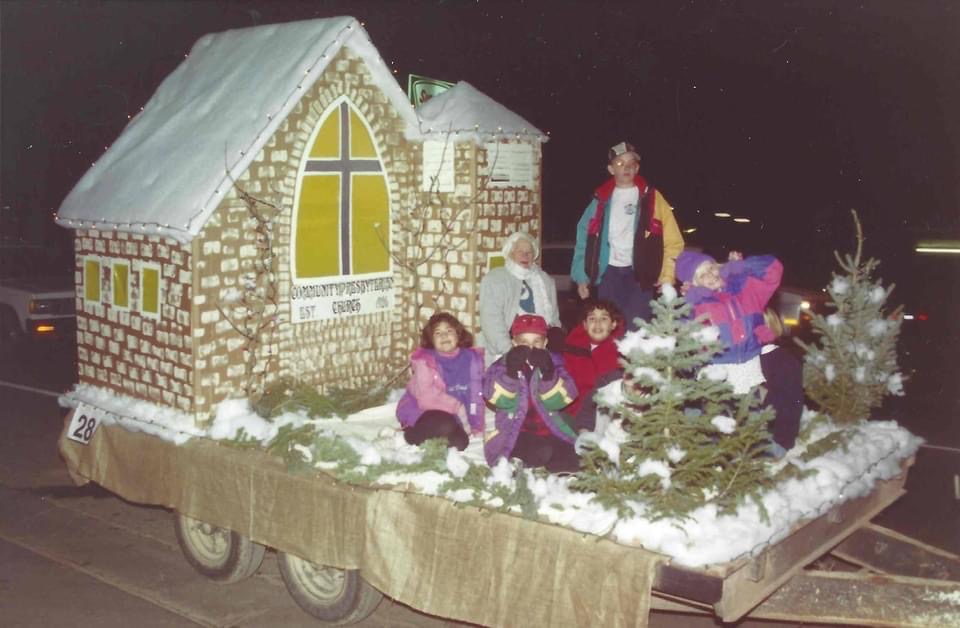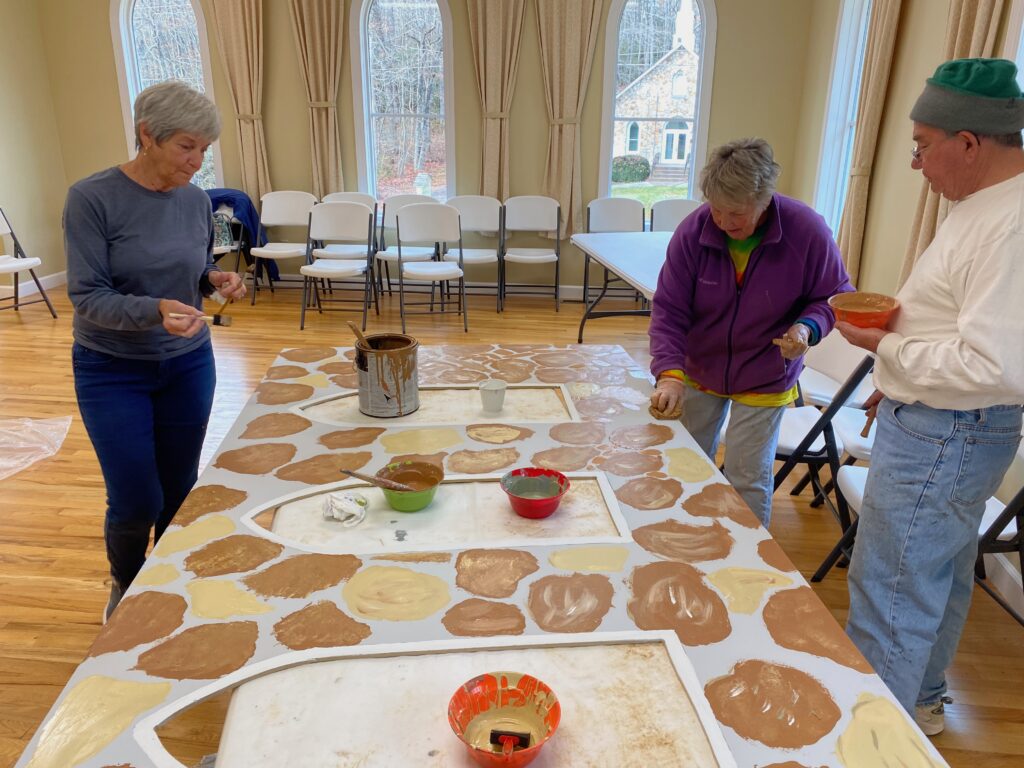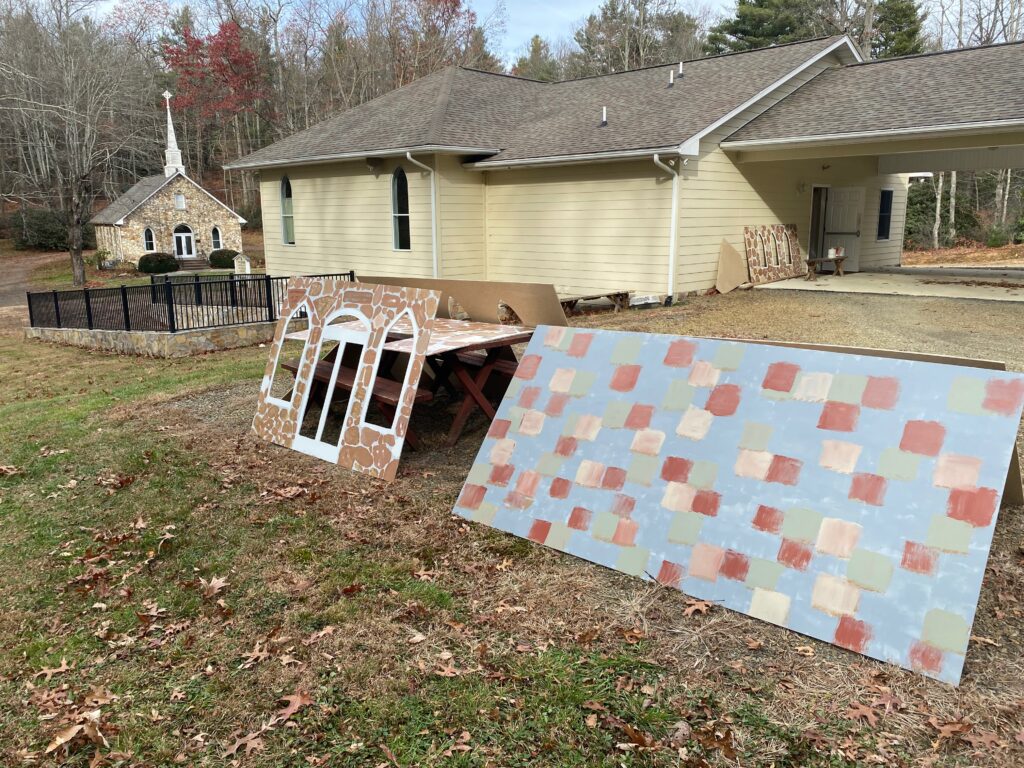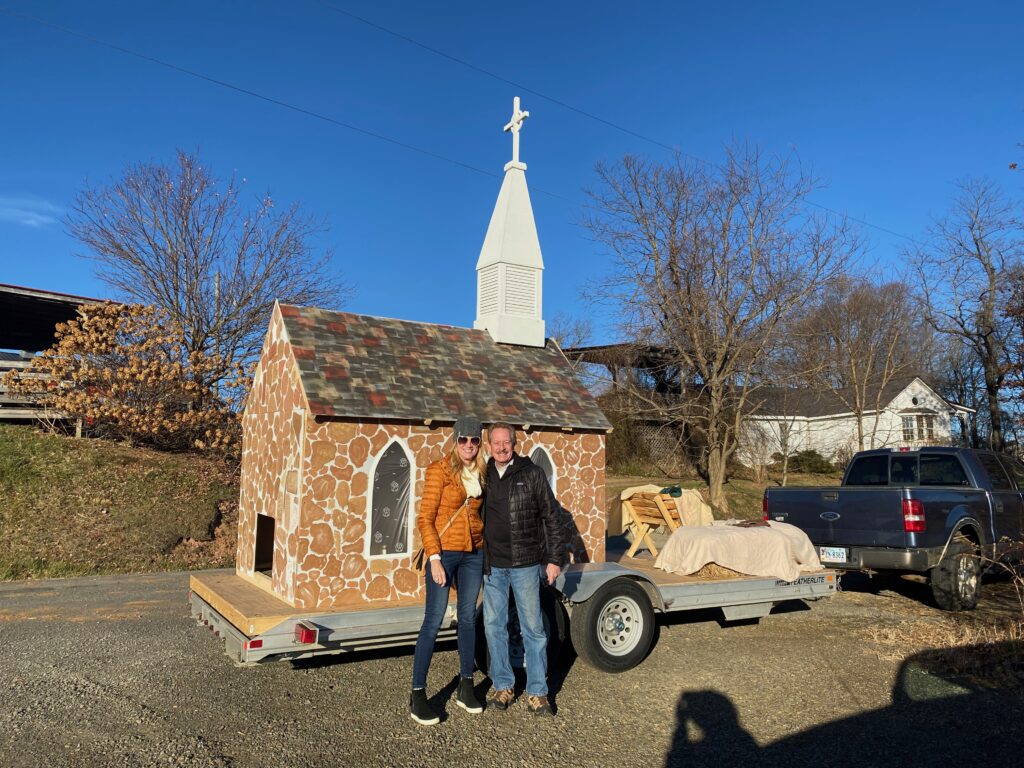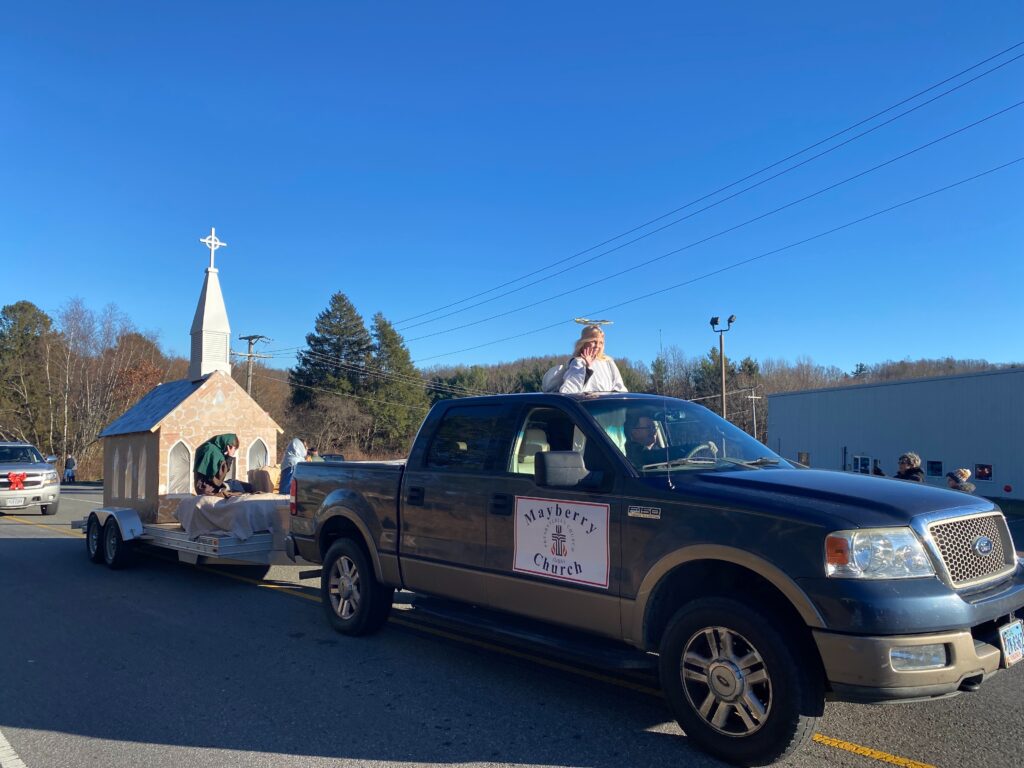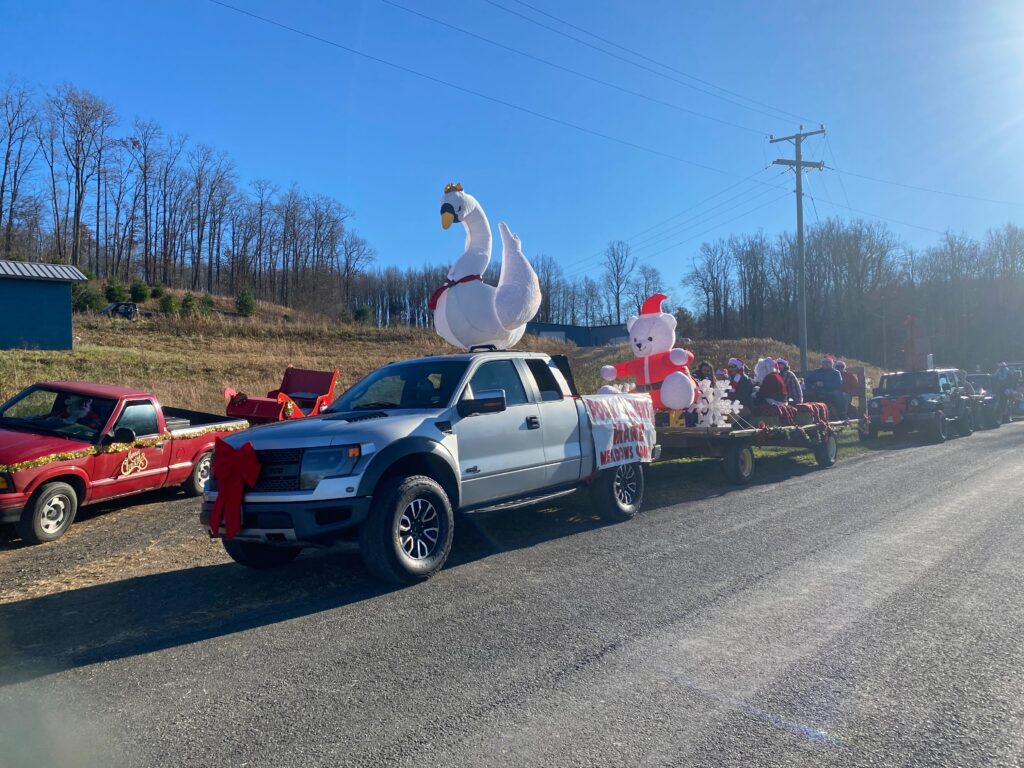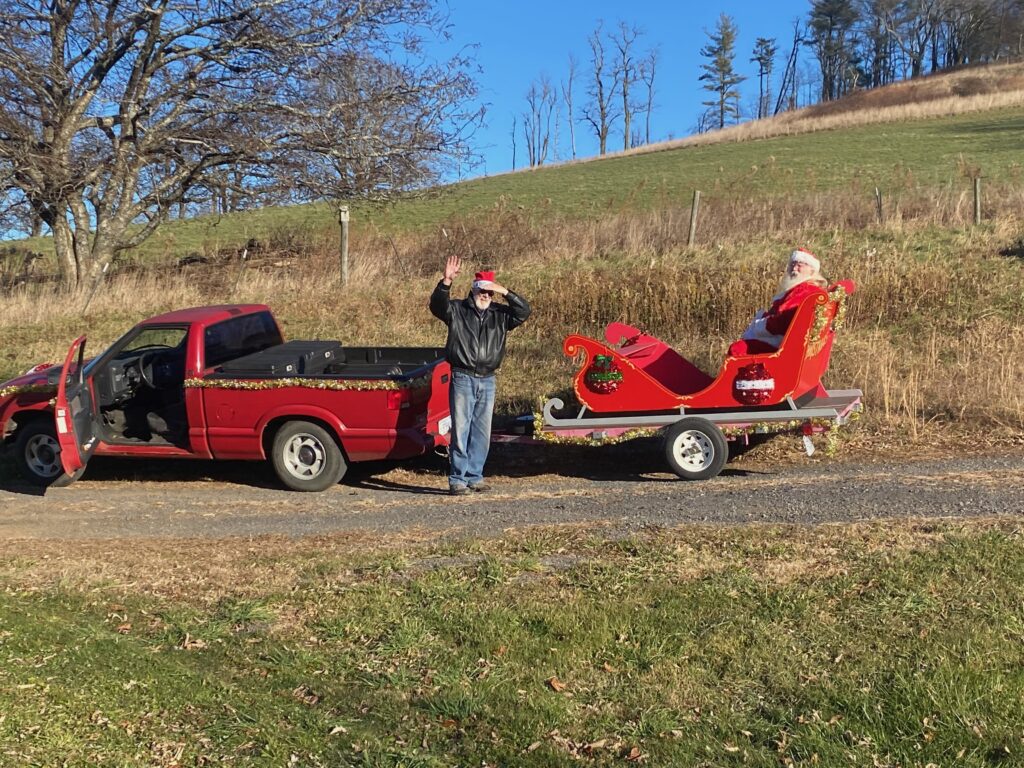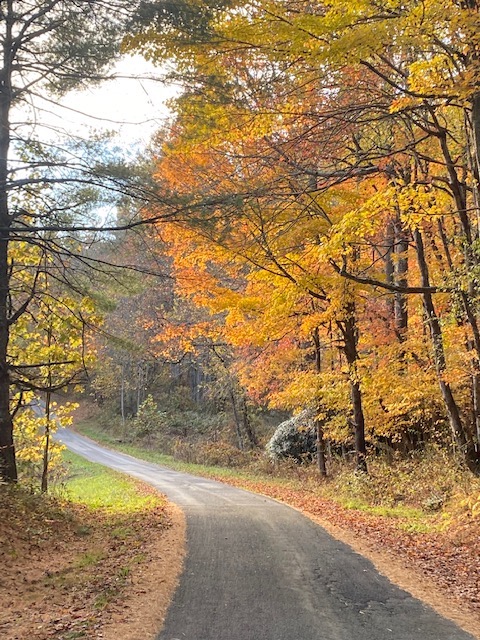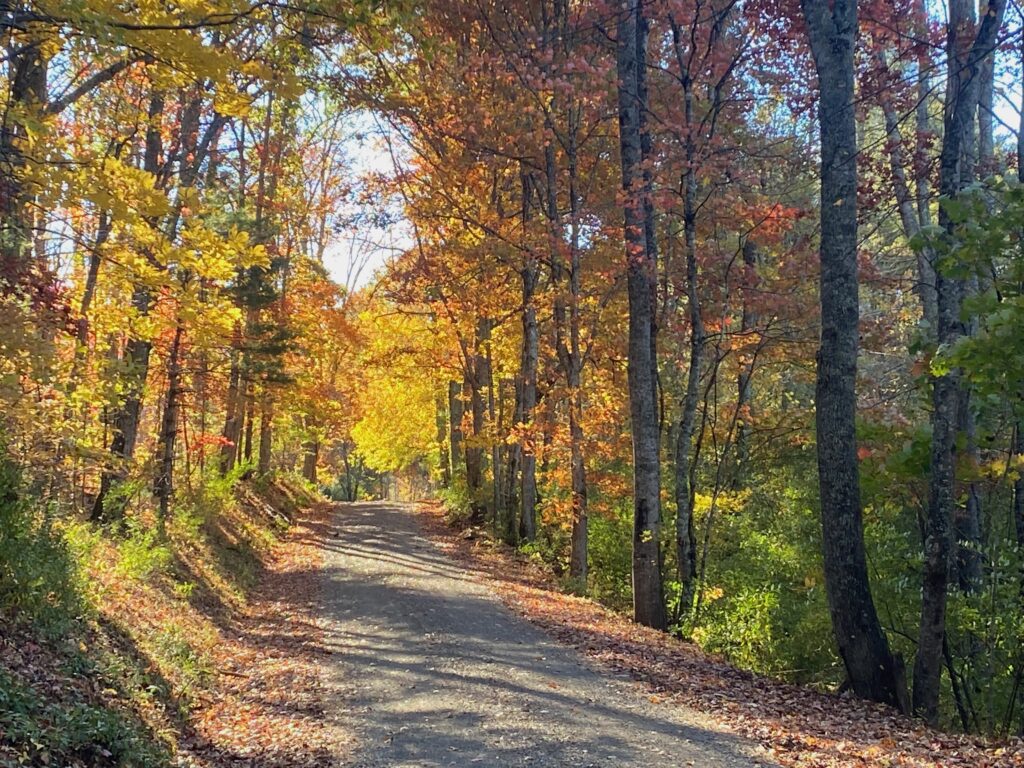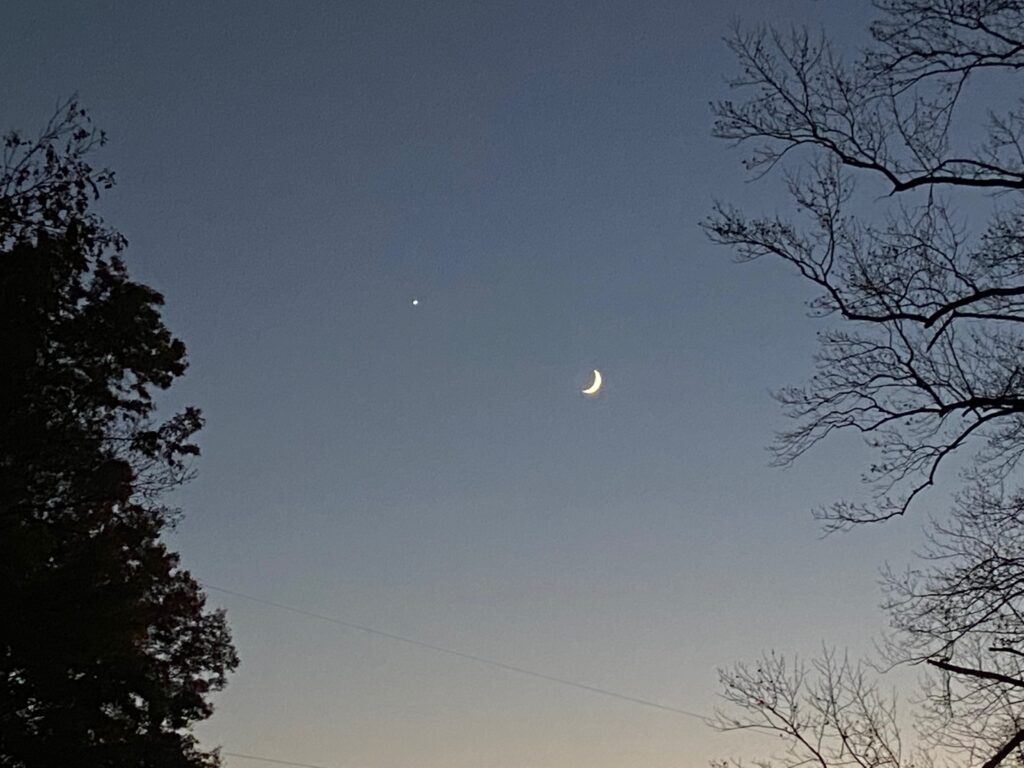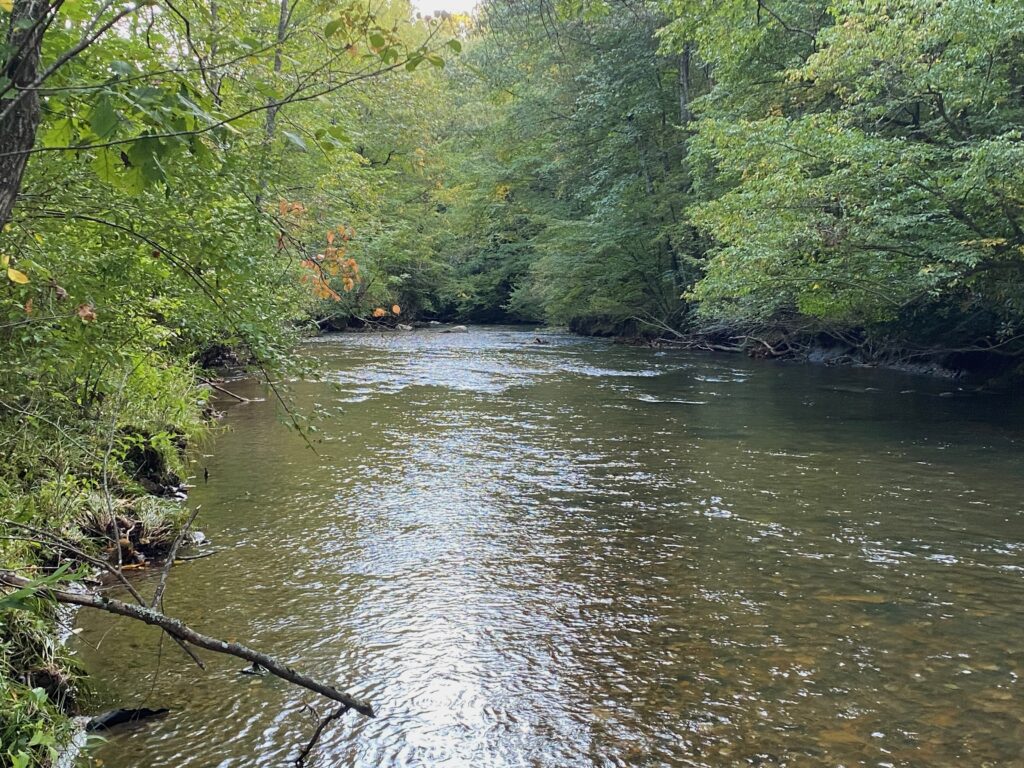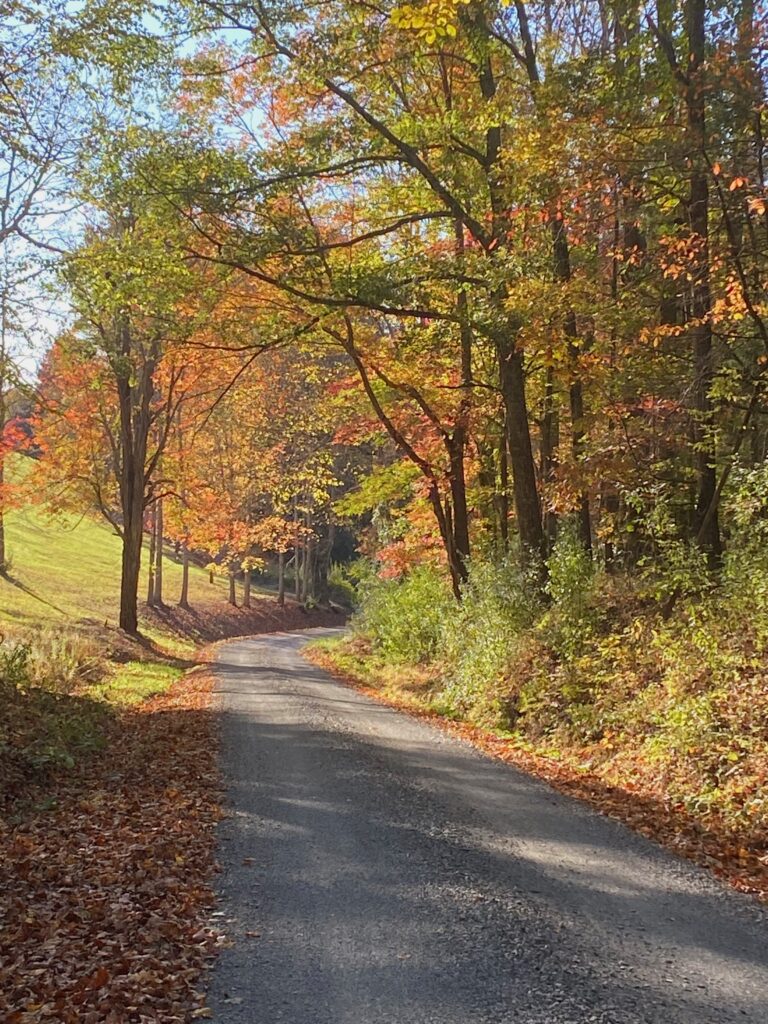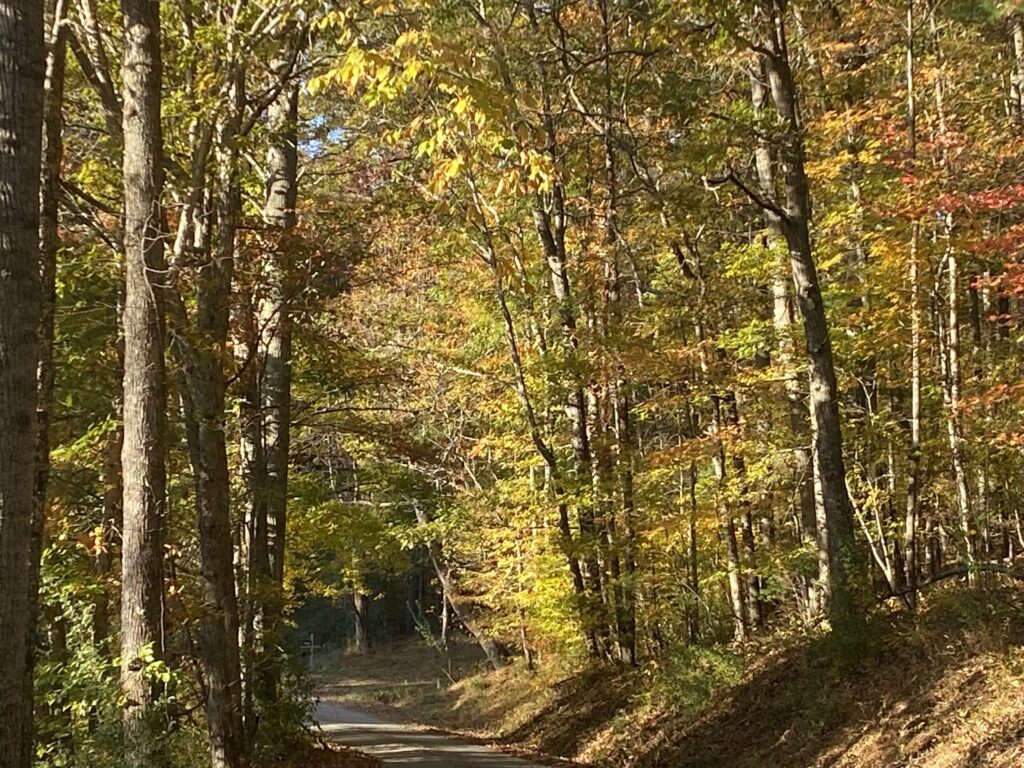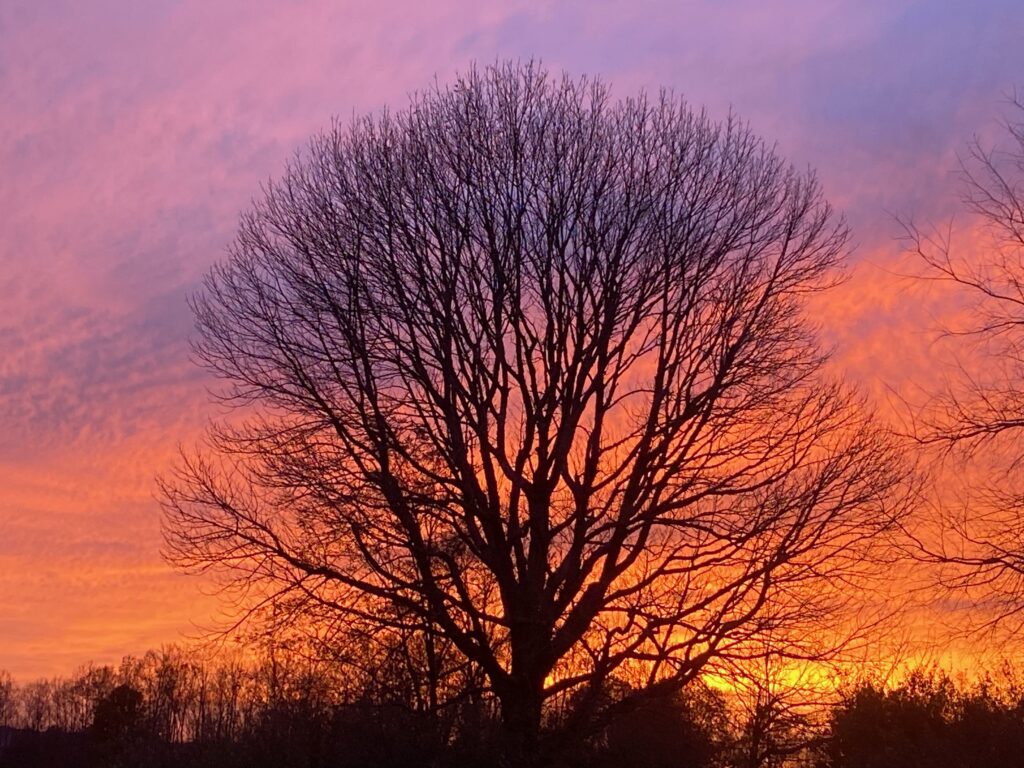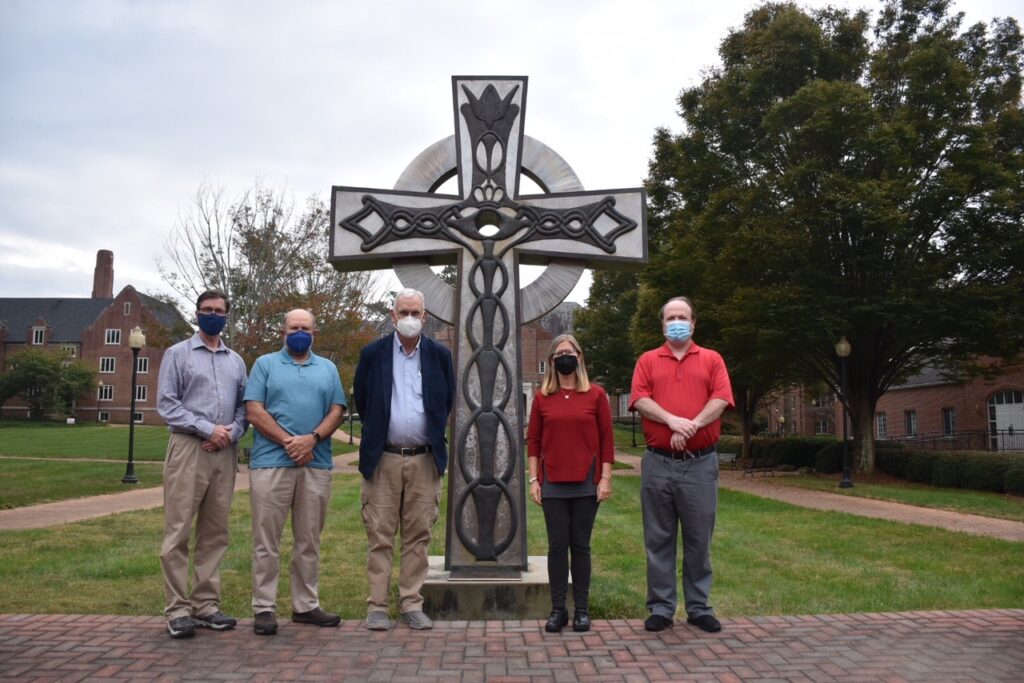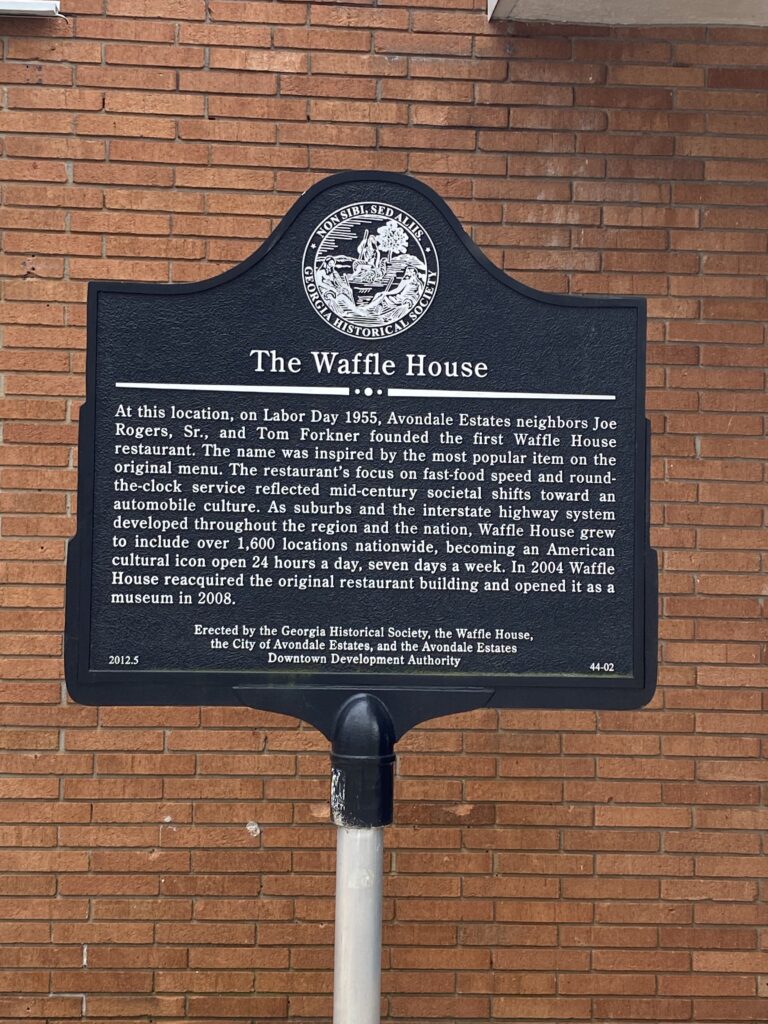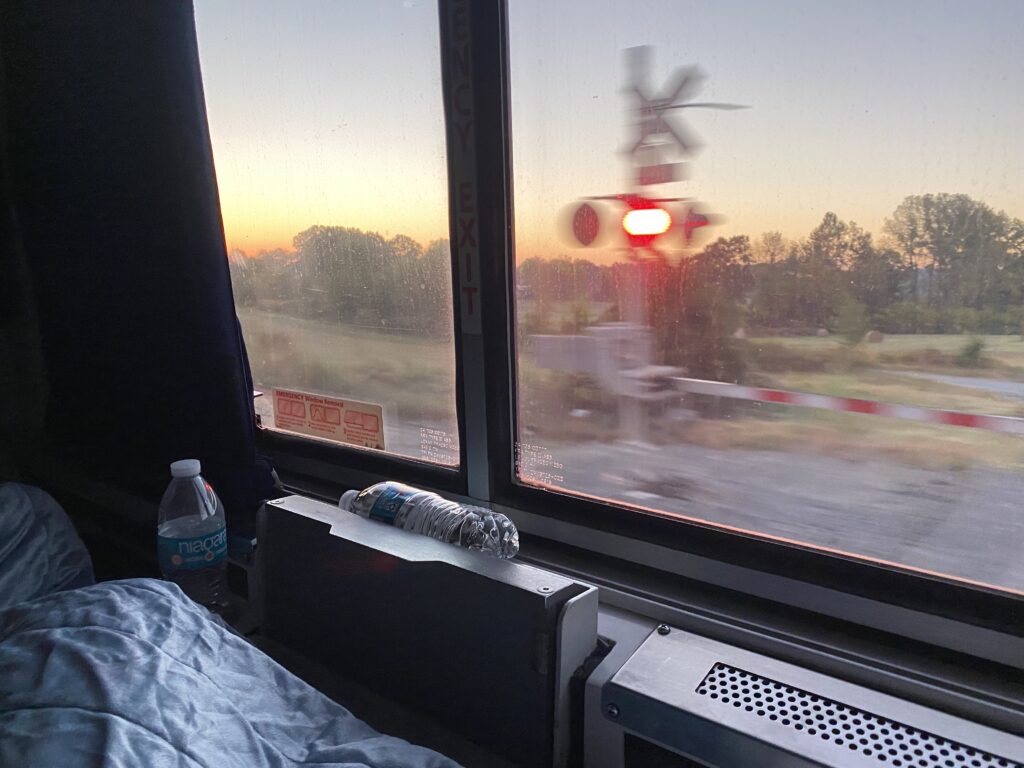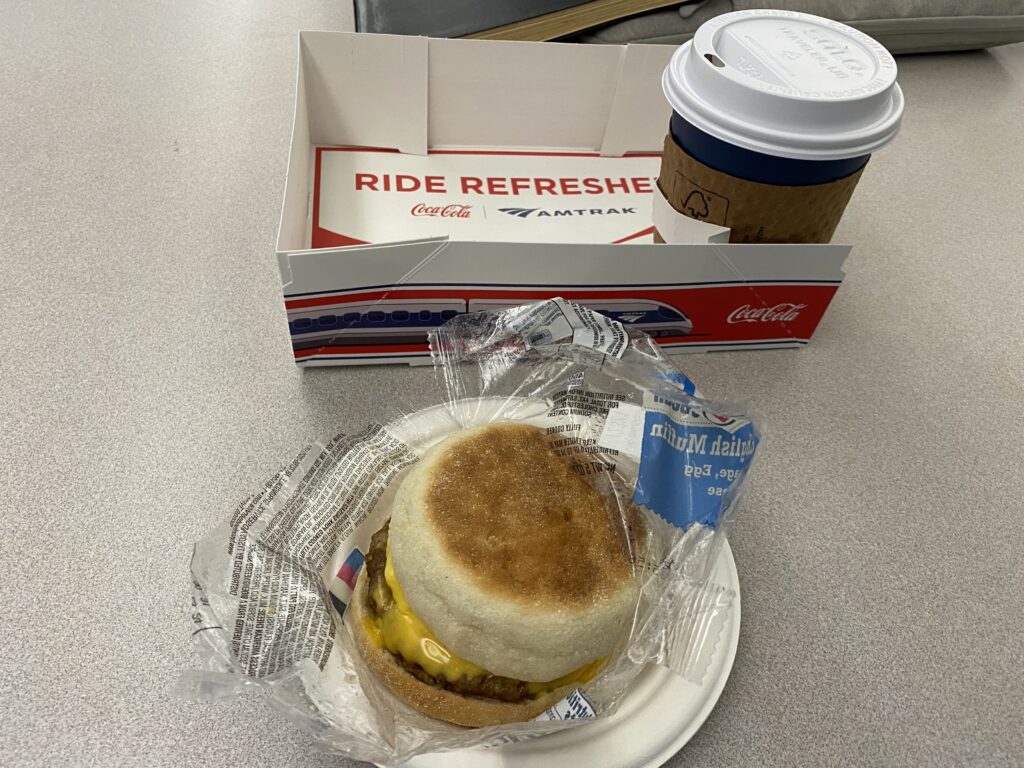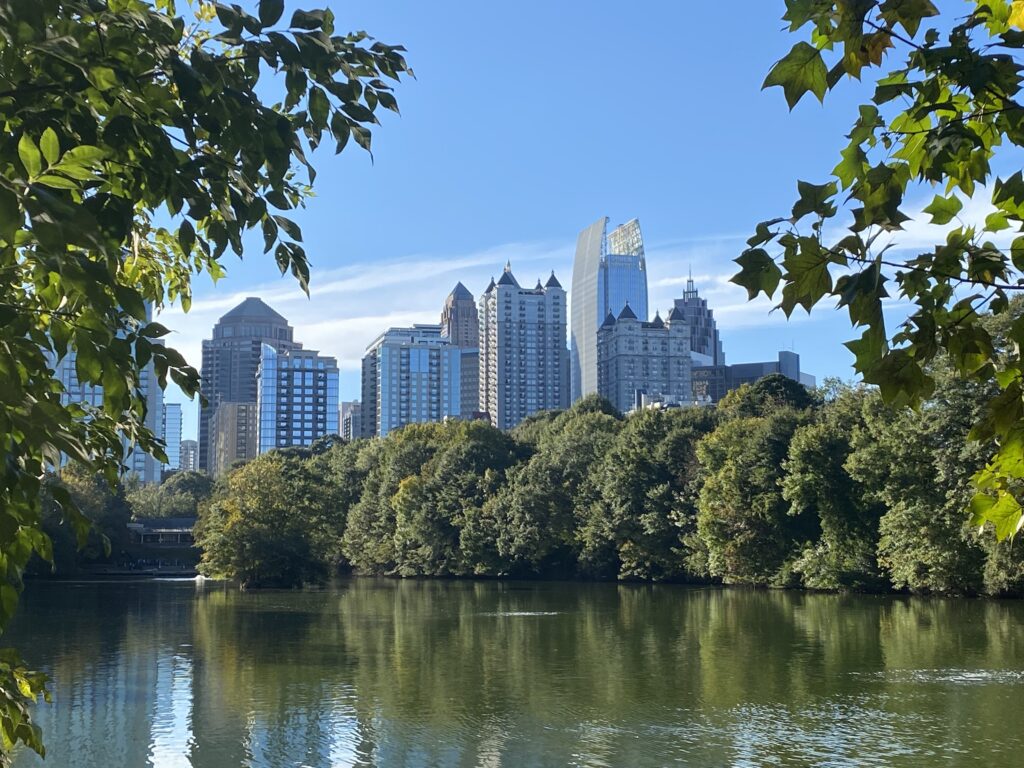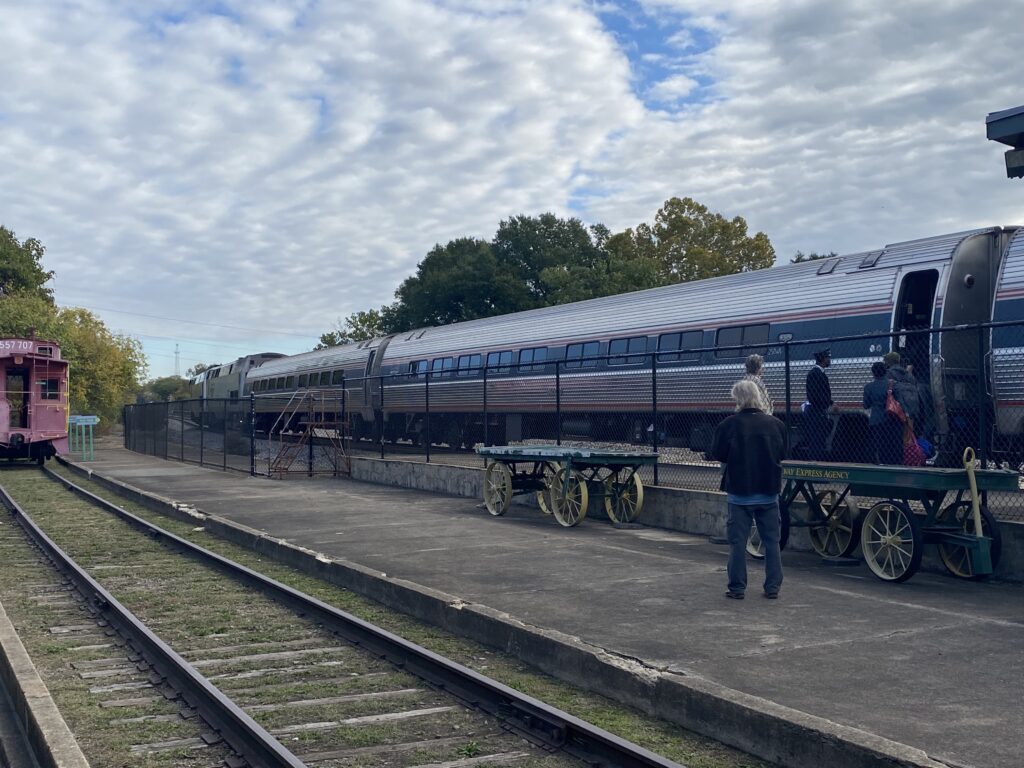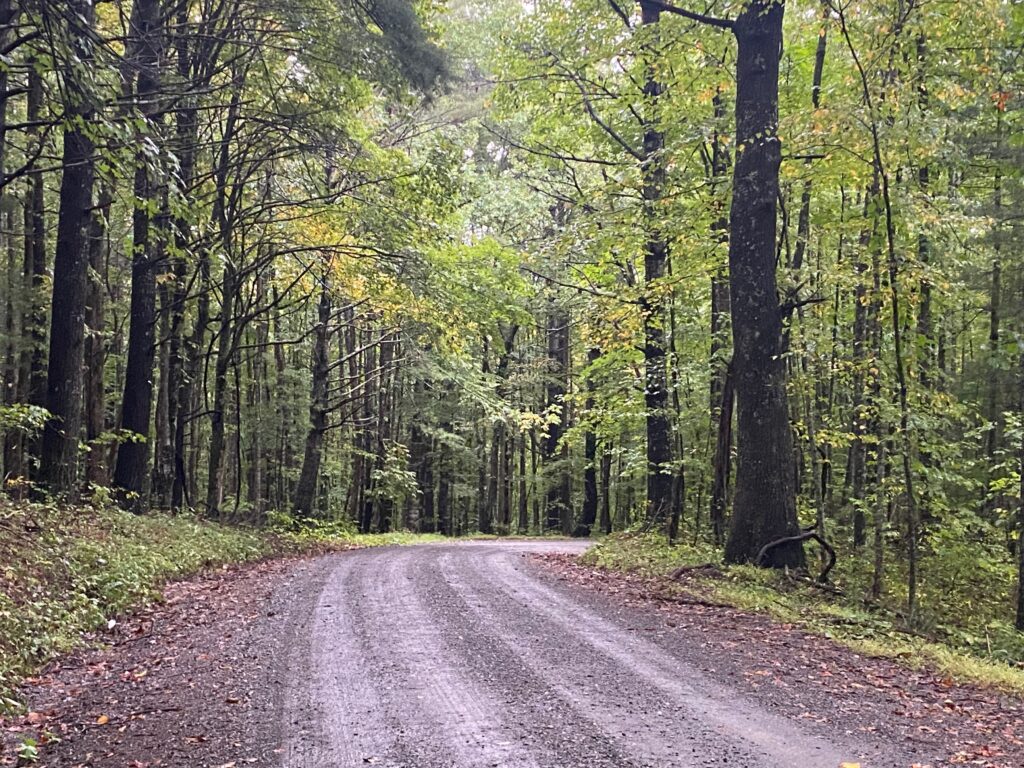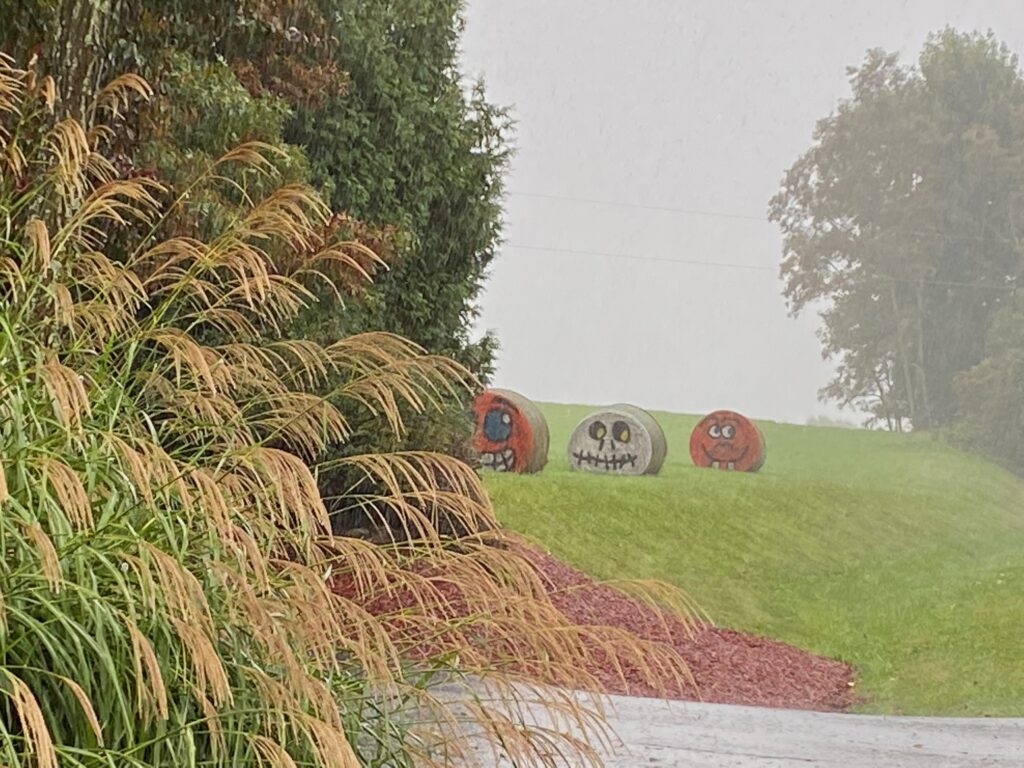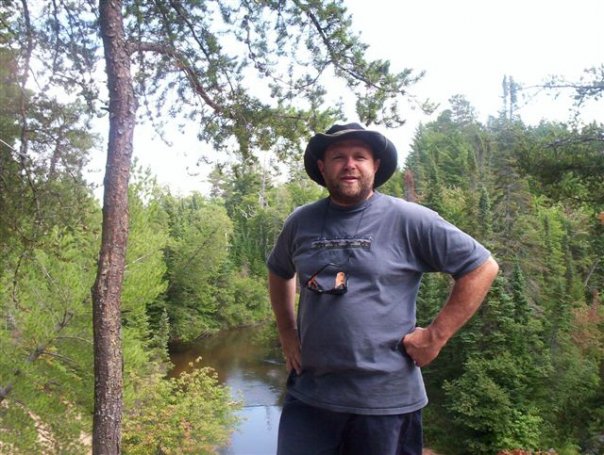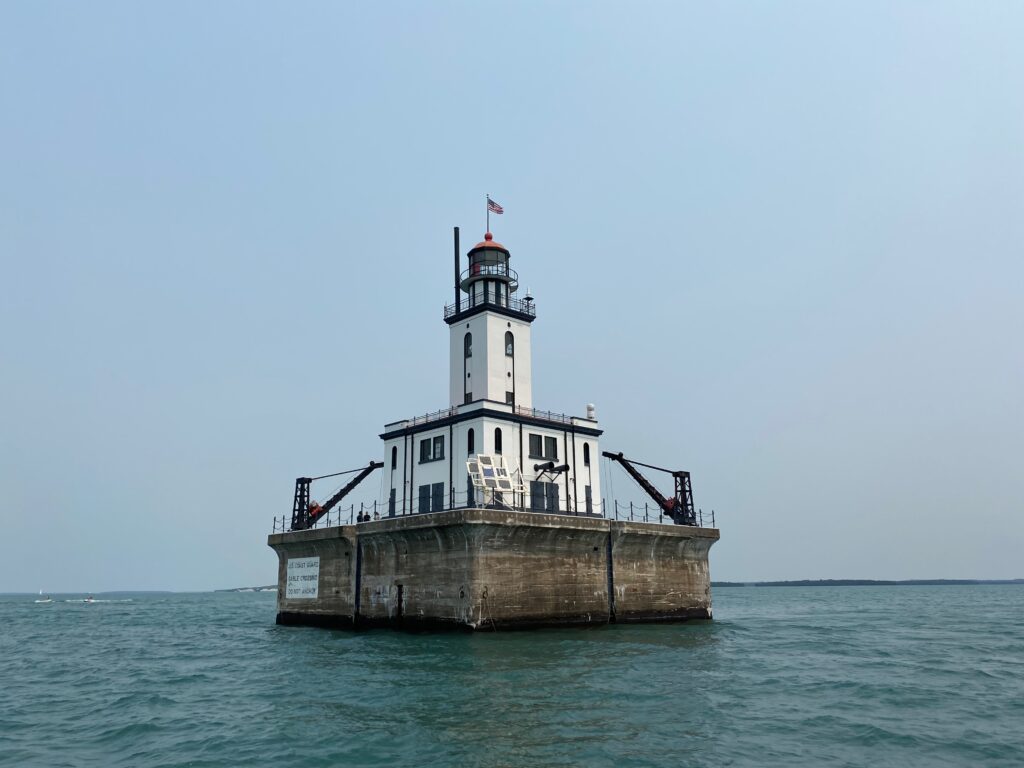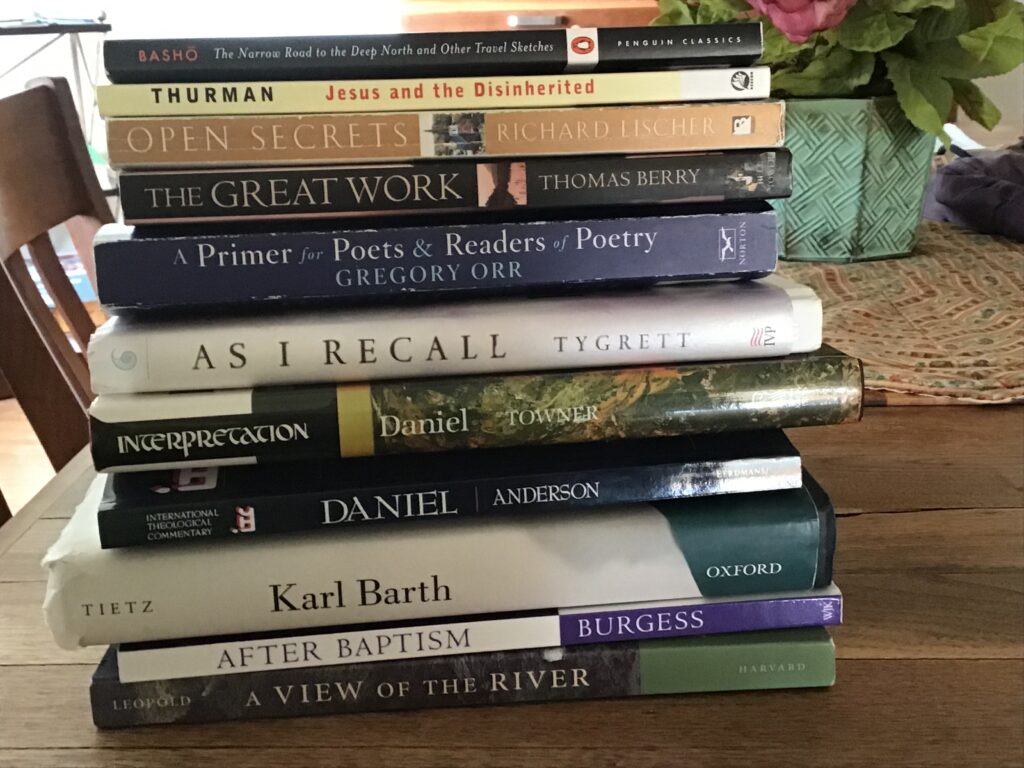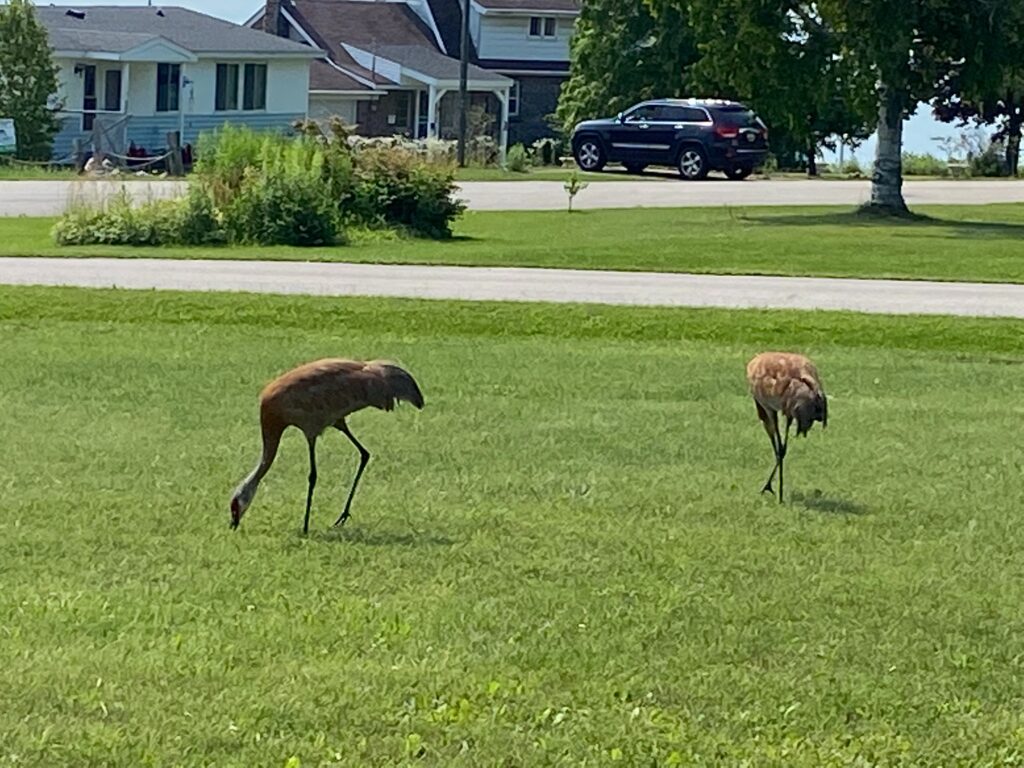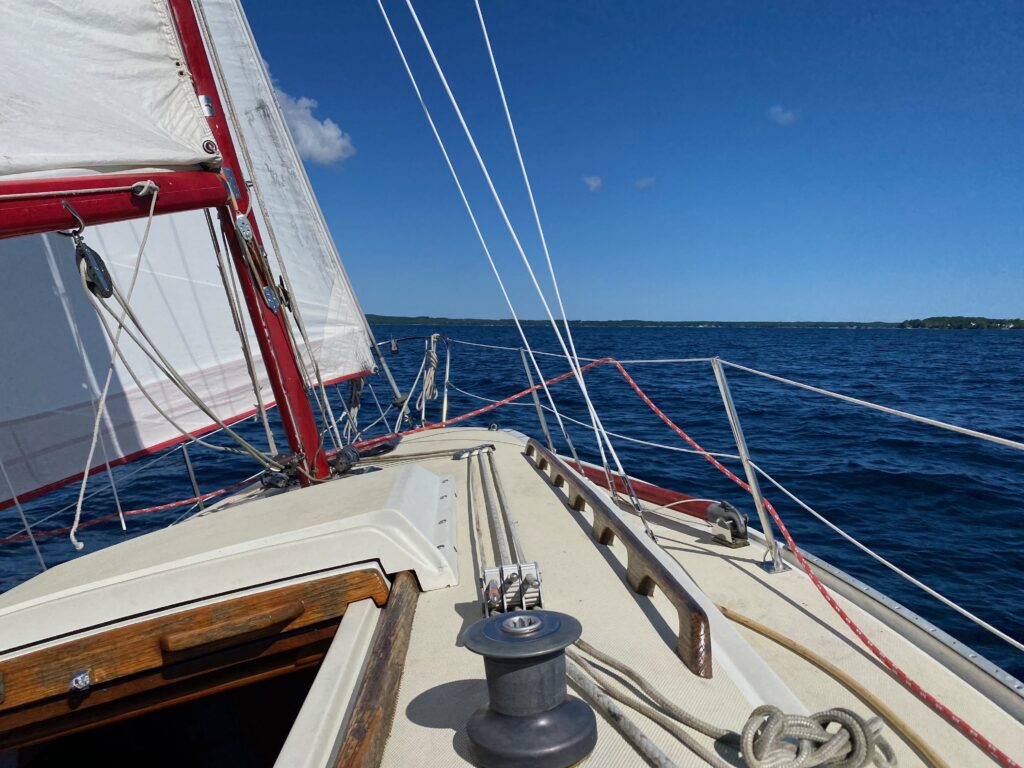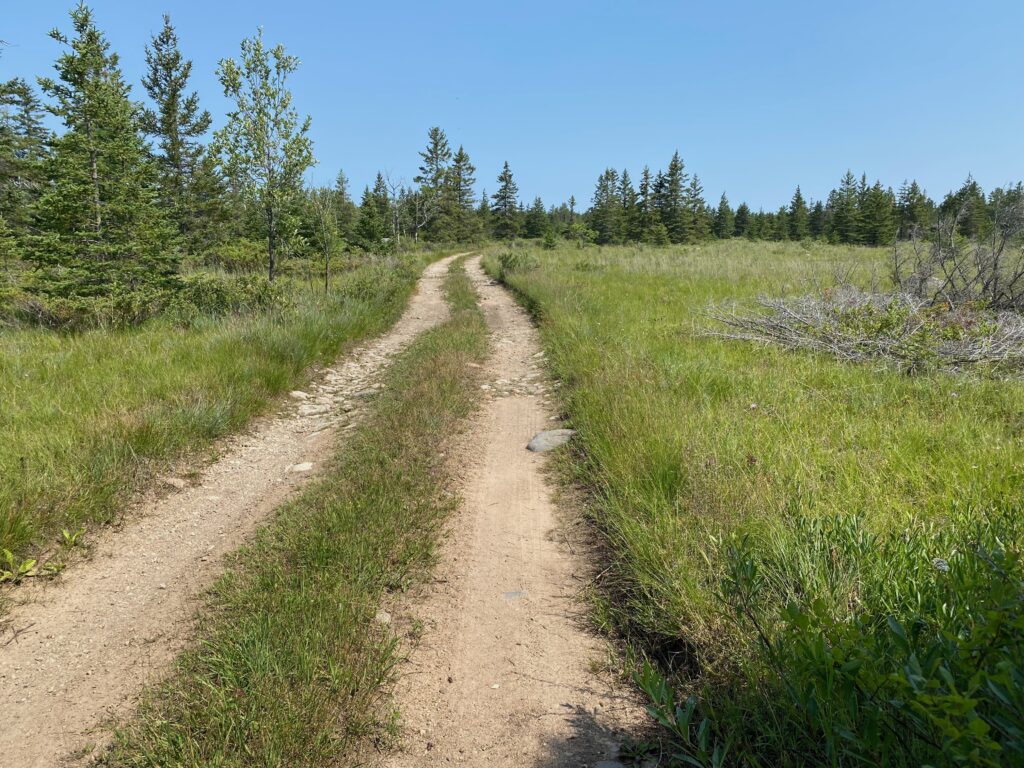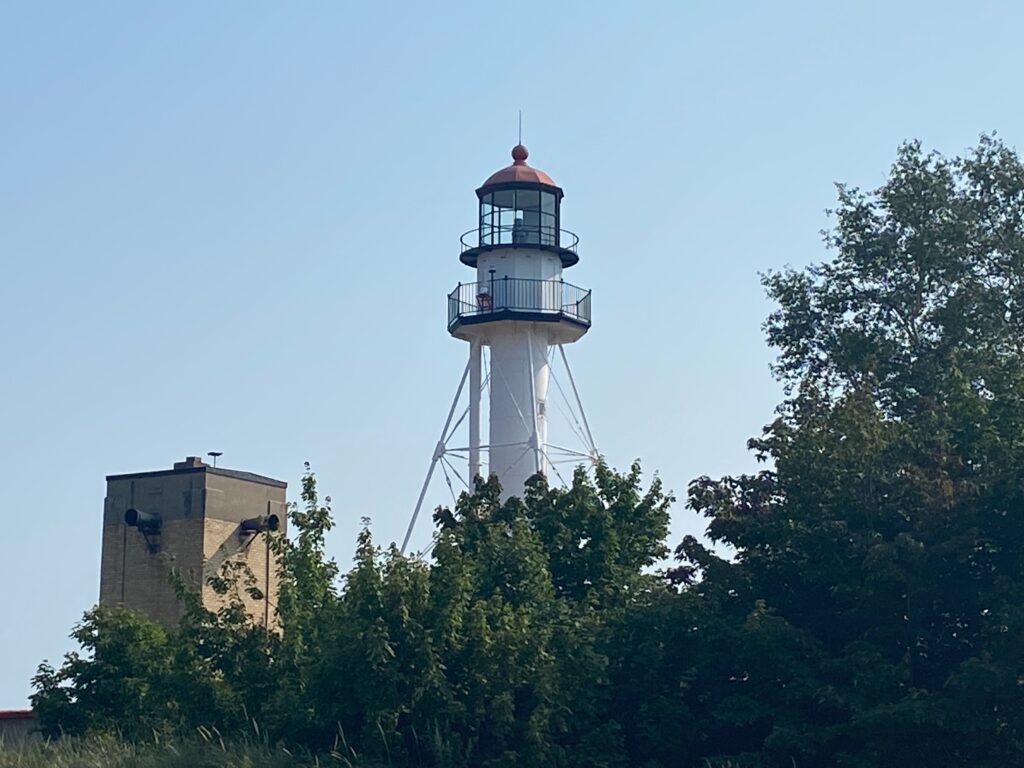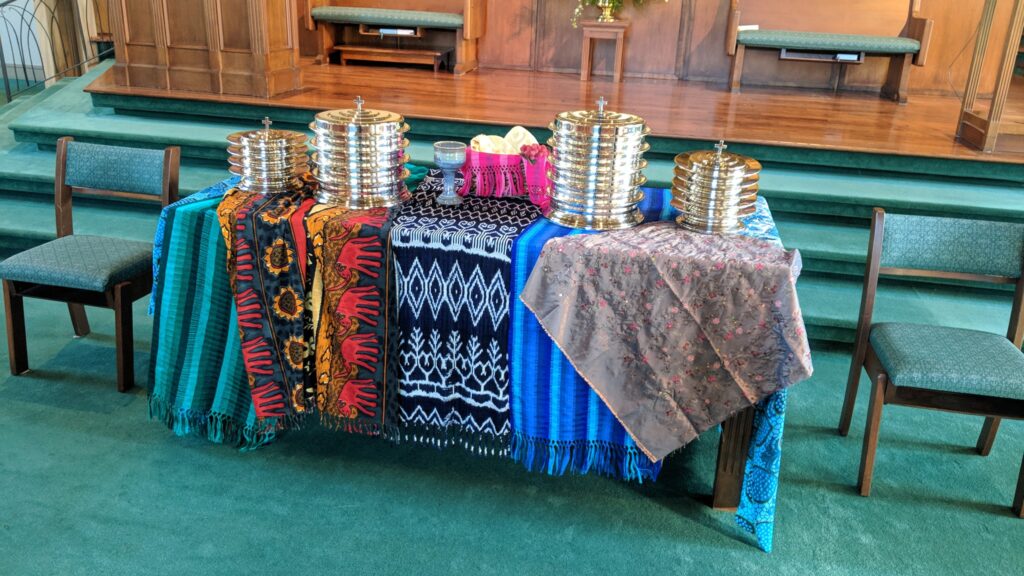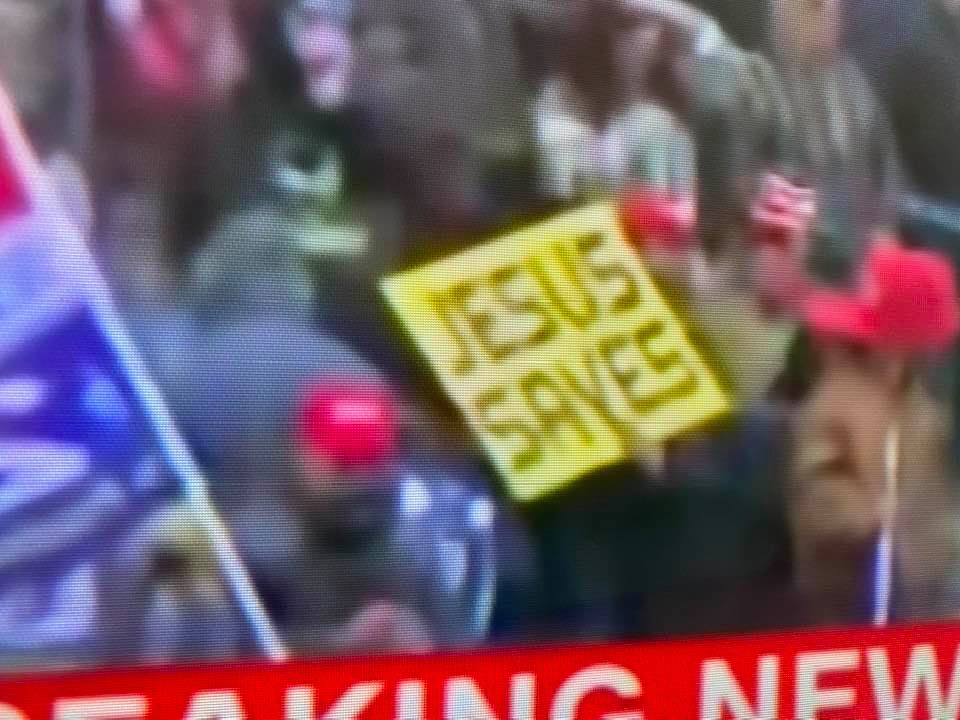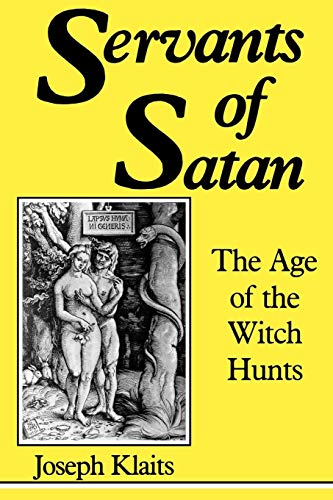I wrote this article for in 2019, on the 300th anniversary of the hymn, for The Skinnie, a magazine for Skidaway Island. I have slightly altered the text for this blog post.
Issac Watt’s Role
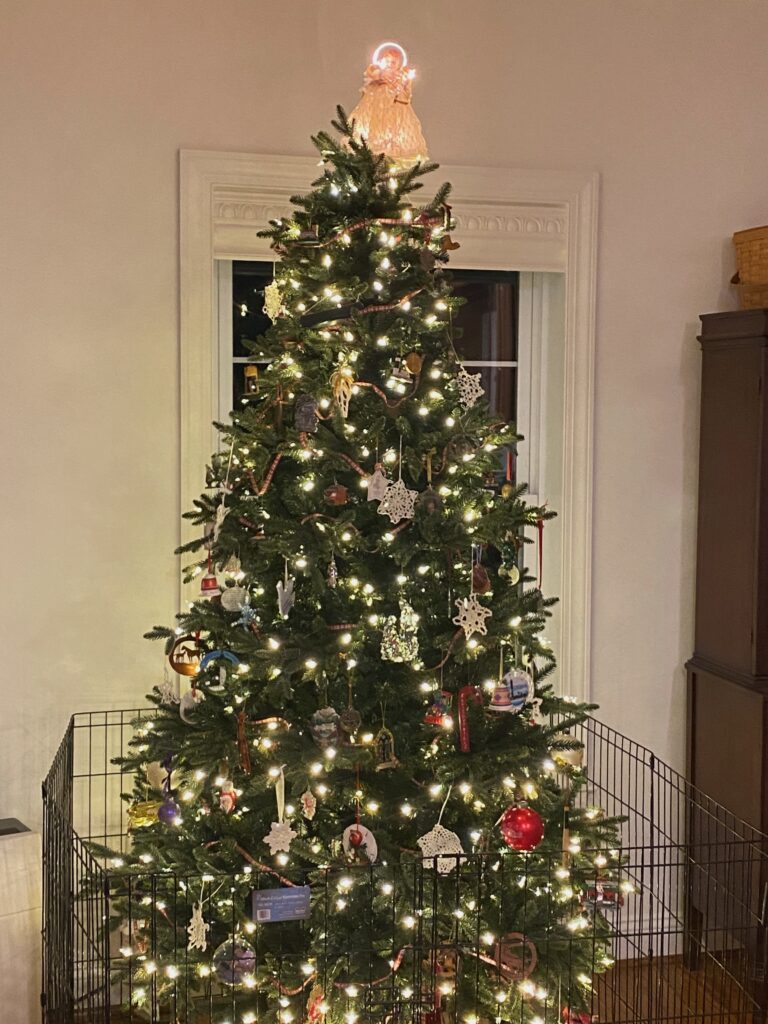
A little over three hundred years ago, in 1719, English hymn-writer Isaac Watts published the words we know today as “Joy to the World.” Today it’s one of the most popular Christmas carols in America, with its hopeful and joyful message. However, “Joy to the World” was not written as a Christmas carol. It would take nearly 120 years before the carol we know was first sung.
Isaac Watts is perhaps the greatest author of hymns ever. Supposedly, when he was a boy, he complained to his father about church music. Like a good parent, his father suggested that instead of complaining, he should work to make it better. From this challenge Watts, set out to write hymns, a relatively new style of music for Protestant Churches in the early 17th Century. At this time, especially in the English world, the Psalms served as the main source of lyrics for music sung in churches. As a pastor in a dissenting English Church, Watts began writing hymns. While he often drew from the Psalms, upon which he would modernize the language and Christianize the content, he also wrote hymns that reflected a trust in an Almighty God and in a Savior who was willing to die for humanity. Churches in Britain and America quickly adopted Watts’ hymns. These hymns include “I Sing the Mighty Power of God,” “When I Survey the Wondrous Cross,” “From All that Dwell Below the Skies,” and of course, “Joy to the World.”
Influence of Psalm 96
“Joy to the World” was based on Psalm 96, a royal Psalm of God’s enthronement as King. King David sings this Psalm, we learn in 1st Chronicles, as he moves the Ark of the Covenant to Jerusalem. At a time in history, nearly a millennia before Christ, most nations had their own gods. Psalm 94 proclaims the God of the Hebrews, the God of Abraham, as reigning not just over the Hebrew people, or just in Jerusalem, but over the world. The God of the Psalmist is supreme throughout the world. God will rule fairly. God will administer justice with equity. God’s deeds are such that all will stand in awe and, along with all that is in heaven and on earth, will sing out in joy.
Watts took Psalm 96 and tweaked it in a manner that reflects Christ’s second coming. In addition to the three traditional stanzas of the Psalm, which he modified, he added a fourth (which he inserted between the second and third stanzas).
No more let sins and sorrows grow, nor thorns infest the ground;
He comes to make his blessings flow far as the curse is found,
Far as the curse is found, far as, far as the curse is found.
This stanza reflects Watt’s eschatological hope based on Christ’s return. God reverses the curse of Eden. It was a wonderful poem of the Second Coming. Watt’s titled his piece, “The Messiah’s Coming and Kingdom.”
The words for the carol were written three hundred years ago. However, it required more creativity for this poem to became the beloved Christmas Carol we now know.
The Role of George Frederick Handel
The composer for the music who he combined with Watt’s poem was George Frederick Handel of Germany. Handel and Watts were contemporaries and were both living in England at the same time, but the two of them did not work on this carol. The music comes from Handel’s “Messiah,” a popular piece often sung by choirs and in concerts during the Christmas season. But this adaptation of the two works did not occur for another century and on another continent, long after the deaths of Watts and Handel.
The Role of Lowell Mason
Lowell Mason was born in 1792, into a musically talented family in Medfield, Massachusetts. As a child and young man, he learned to play the clarinet, violin, cello, flute, piano and organ and became a choir director in his home town at the age of 17. A few years later, he moved to Savannah, where he worked in a dry-goods store and later in a bank. During this time, he studied under a Frederick Abel, a music teacher from Germany and began to serve as the choir director and organist at Independent Presbyterian Church. Mason helped create the first African-American Sunday School at Savannah’s First Bryan Baptist Church. This was at a time when the education of slaves was condemned throughout the South.
After returning north, he later served as music director for the well-known abolitionist preacher Lyman Beecher. While working in Savannah, Mason became interested in musical composition and had to travel to Boston in 1922 to have his first collection of arrangements published as there were no publishers in the South with the capacity to print musical fonts.
Mason moved to Boston in 1827, where he served as organist and choirmaster for several prominent churches. He worked for a time as music director for the well-known abolitionist preacher, Lyman Beecher. During this era, he became an American proponent for European-styled music. At the time, adherents of the traditional American “shape-note” tradition satirized the European-style as the “Better Music Boys.” However, because of Lowell and others insisted on music education in schools, America eventually adopted the European styled music.
Mason was an important figure in music in early America who wrote, arranged, or composed music for hundreds of hymns including “Nearer, My God, to Thee.” He also wrote secular music including the popular nursery rhyme, “Mary Had a Little Lamb.”
Mason’s most popular tune, however, is “Joy to the World, in which he arranged the words of Isaac Watts’ poem with tunes of Handel to create the popular Christmas carol. “Joy to the World” is considered the most loved carol in America. Almost every congregation will sing it during the Christmas season and just about every artist who has recorded Christmas Carols have included this hymn in their repertoire. The song is uplifting, as it reflects the Christian hope of a new and peaceful world in which Christ will reign as King.
This year, as you hear this song sung on the radio or perhaps in a Candlelight service on Christmas Eve, may you experience joy.
For Christmas Eve services along the Blue Ridge, Bluemont will hold its service at 4 PM and Mayberry at 6 PM. Both churches will be celebrating communion and invite you all to attend.
